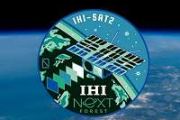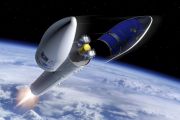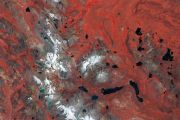
Copernical Team
Sanctions could cause space station to crash: Roscosmos
 Western sanctions against Russia could cause the International Space Station to crash, the head of Russian space agency Roscosmos warned Saturday, calling for the punitive measures to be lifted.
According to Dmitry Rogozin, the sanctions, some of which predate Moscow's invasion of Ukraine, could disrupt the operation of Russian spacecraft servicing the ISS.
As a result, the Russian segm
Western sanctions against Russia could cause the International Space Station to crash, the head of Russian space agency Roscosmos warned Saturday, calling for the punitive measures to be lifted.
According to Dmitry Rogozin, the sanctions, some of which predate Moscow's invasion of Ukraine, could disrupt the operation of Russian spacecraft servicing the ISS.
As a result, the Russian segm 'We want to be the UPS or FedEx of the moon': A startup's big moonshot

A California startup is joining much bigger players in the drive to explore settlement on the moon, as plans by NASA to send astronauts back there heats up the commercial lunar market.
Aerospace firm Venturi Astrolab Inc., better known as Astrolab, based in Hawthorn, California, is building an all-purpose truck that is intended to construct lunar infrastructure and also ferry astronauts around, enabling work that would make long-term settlement on the moon possible.
Companies are betting that NASA's drive to return to the moon in several years, along with technological and business advancements that have lowered launch costs, could be lucrative for businesses that get in there early and succeed.
"We are transitioning now from just the earliest phase of exploration to the early stage of settlement," said Chris Hadfield, a retired Canadian astronaut and advisory board member for Astrolab. "This is going to become part of human commerce and human geography," he said of early moon settlement.
NASA is aiming to launch astronauts to the moon no earlier than 2025 as part of its Artemis program, which aims to land the first woman and first person of color on the moon.
The making of the European Service Modules
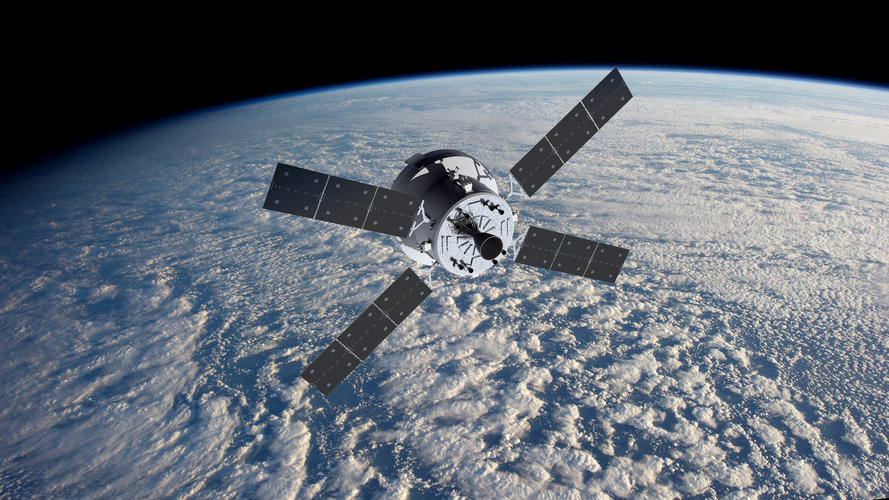
Week in images: 7 - 11 March 2022
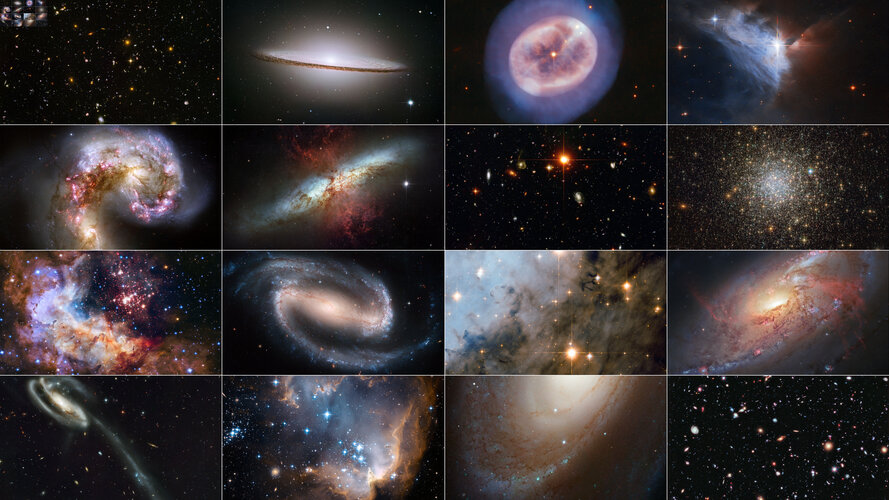
Week in images: 7 - 11 March 2022
Discover our week through the lens
Spectra detectives
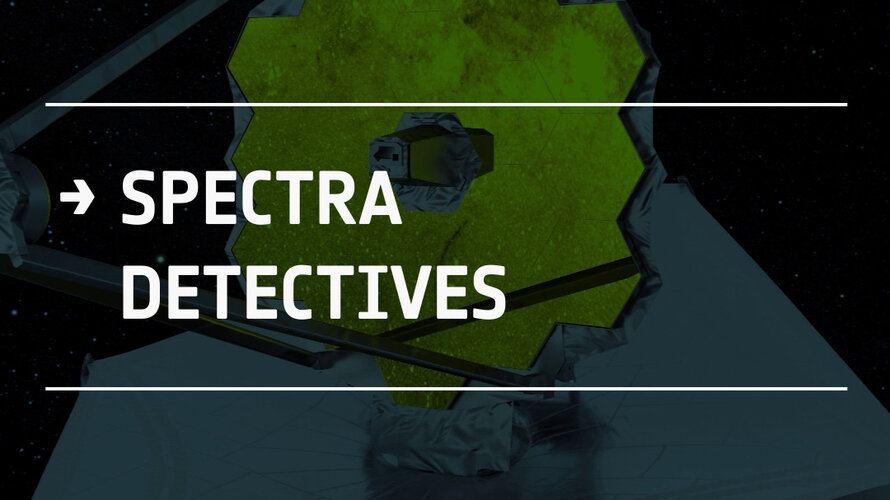 Video:
00:01:00
Video:
00:01:00
Spectroscopy is a tool that astronomers use to better understand the physics of objects in space.
The spectrographs on board the James Webb Space Telescope (Webb) provide scientists with the data needed to analyse the materials that make up stars, nebulae, galaxies and the atmospheres of planets.
Light that enters the telescope is split into its different wavelengths by a grating or a prism, forming a spectrum. This spectrum is then focused onto a detector. Light from each chemical element has a unique spectrum, like a fingerprint. The spectrum’s pattern is analysed by astronomers to decipher which atoms
Earth from Space: Lofoten, Norway
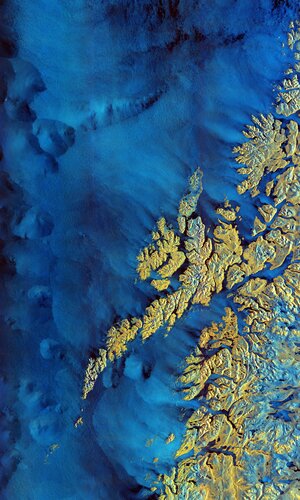
The Copernicus Sentinel-1 mission takes us over the archipelago of Lofoten in northern Norway.
USSF, USC sign MOU establishing university partnership program
 The U.S. Space Force (USSF) formally announced the University of Southern California (USC) as its newest University Partnership Program member at a Memorandum of Understanding (MOU) signing event Feb. 28 at USC. Lt. Gen. Michael A. Guetlein, commander of USSF's Space Systems Command, joined USC President Carol Folt at USC's University Park Campus for the signing.
Other Space Systems Comman
The U.S. Space Force (USSF) formally announced the University of Southern California (USC) as its newest University Partnership Program member at a Memorandum of Understanding (MOU) signing event Feb. 28 at USC. Lt. Gen. Michael A. Guetlein, commander of USSF's Space Systems Command, joined USC President Carol Folt at USC's University Park Campus for the signing.
Other Space Systems Comman Giant impact crater in Greenland occurred a few million years after dinosaurs went extinct
 Danish and Swedish researchers have dated the enormous Hiawatha impact crater, a 31 km-wide meteorite crater buried under a kilometer of Greenlandic ice. The dating ends speculation that the meteorite impacted after the appearance of humans and opens up a new understanding of Earth's evolution in the post-dinosaur era.
Ever since 2015, when researchers at the University of Copenhagen's GLO
Danish and Swedish researchers have dated the enormous Hiawatha impact crater, a 31 km-wide meteorite crater buried under a kilometer of Greenlandic ice. The dating ends speculation that the meteorite impacted after the appearance of humans and opens up a new understanding of Earth's evolution in the post-dinosaur era.
Ever since 2015, when researchers at the University of Copenhagen's GLO NASA opens sample taken from the Moon 50 years on
 The Apollo missions to the Moon brought a total of 2,196 rock samples to Earth. But NASA has only just started opening one of the last ones, collected 50 years ago.
For all that time, some tubes were kept sealed so that they could be studied years later, with the help of the latest technical breakthroughs.
NASA knew "science and technology would evolve and allow scientists to study the
The Apollo missions to the Moon brought a total of 2,196 rock samples to Earth. But NASA has only just started opening one of the last ones, collected 50 years ago.
For all that time, some tubes were kept sealed so that they could be studied years later, with the help of the latest technical breakthroughs.
NASA knew "science and technology would evolve and allow scientists to study the Register for ESA’s Living Planet Symposium in Bonn

The time has come to register to attend the European Space Agency’s Living Planet Symposium – one of the largest Earth observation conferences in the world. Taking place on 23–27 May 2022 in Bonn, Germany, and jointly organised with the German Aerospace Center, this prestigious event allows all attendees to hear first-hand about the latest scientific findings on our planet. Attendees will also hear how observing Earth from space supports environmental research and action to combat the climate crisis, learn about novel Earth observing technologies and, importantly, learn about the new opportunities emerging in the rapidly changing sector


















